MUTATION. “What is mutation? Mutation is an alteration of the gene of an individual. Commonly caused by mutagens...”
As we started discussing mutation, we at least have an idea about it for we have been talking about mutation since then. During the first time that we discussed it, I thought it was all about special powers because I’m thinking about X-Men. But as we got along, I realized that I was completely wrong. It studied about more complex matters in which I never thought about. But now, I’m going to tell all that I’ve learned in mutation.
Mutation is an alteration of the gene or chromosome of an individual. It can be inherited or acquired. Inherited from the parents or acquired by mutagens from the surroundings. By the way, mutagens are the factors that affect mutation, examples are: drugs, chemicals, radiations, toxins, etc.).
Chromosomal aberrations are the modifications in the genetic material that commonly brings unwanted characteristics. These can be classified as change in chromosome structure or change in chromosome number.
There are four types of change in chromosome structure. Namely: deletion, duplication, translation and inversion. Firstly, deletion is a loss of a fragment of chromosome during cell deletion. The example that Ms. Steh gave was Cri Du Chat. It is an abnormality which causes the inflicted to sound like a cat when he/she cries.
This is the karyotype of an individual with Cri Du Chat.
Secondly, duplication is the addition of an extra identical fragment of chromosome to the original strand. An example of duplication is Peripheral Myelin Protein 22 which has a deleted fragment on chromosome pair 17.
Thirdly is translocation. Translocation is the attaching of a fragment or even a whole chromosome to a different pair. An example of translocation is the Philadelphia Chromosome.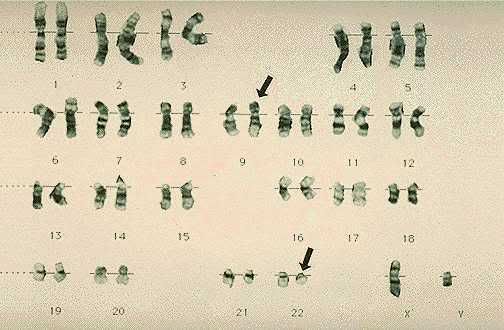
This is the karyotype of an individual with Philadelphia Chromosome.
Lastly among the types of the changes in chromosome structure is inversion. Inversion is the turning of a fragment of a chromosome which broke free and attaches itself back in a reverse manner.
Mutation can also be classified in the change of chromosome number. There are two types of abnormalities when there is a change in chromosome number. First is monosomy wherein the zygote receives only one chromosome of a particular type instead of two chromosomes. An example of monosomy is Turner’s syndrome where there is only one chromosome in the 23rd pair. So, there are only 45 chromosomes. It is commonly occurring on women.
This is the karyotype of an individual with Turner's Syndrome.
Another is trisomy where the zygote receives three chromosomes of a particular type rather than two. Therefore, there are 47 chromosomes. An example of this is Down Syndrome.
This is the karyotype of an individual with Down Syndrome.
* chromosomes :: structures inside the nucleus that contains the DNA
* karyotype :: photographic image showing all the chromosomes of an individual
* nondisjunction :: failure of the chromosomes to separate during cell division
I feel very proud of myself because I know all of these. I feel so great that I have been able to understand our lesson well and I have learned a yet another fulfilling topic.
"Learning is essential but knowing is exceptional."
- F. M. Ramos
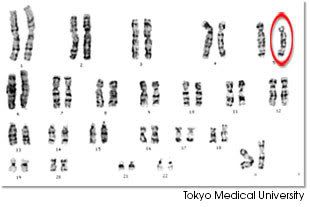
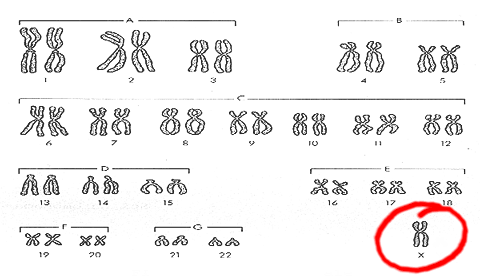
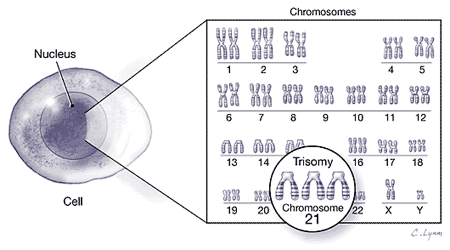










.jpg)






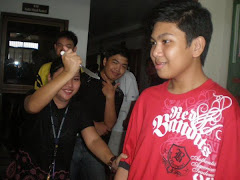.jpg)

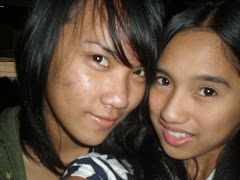.jpg)

No comments:
Post a Comment